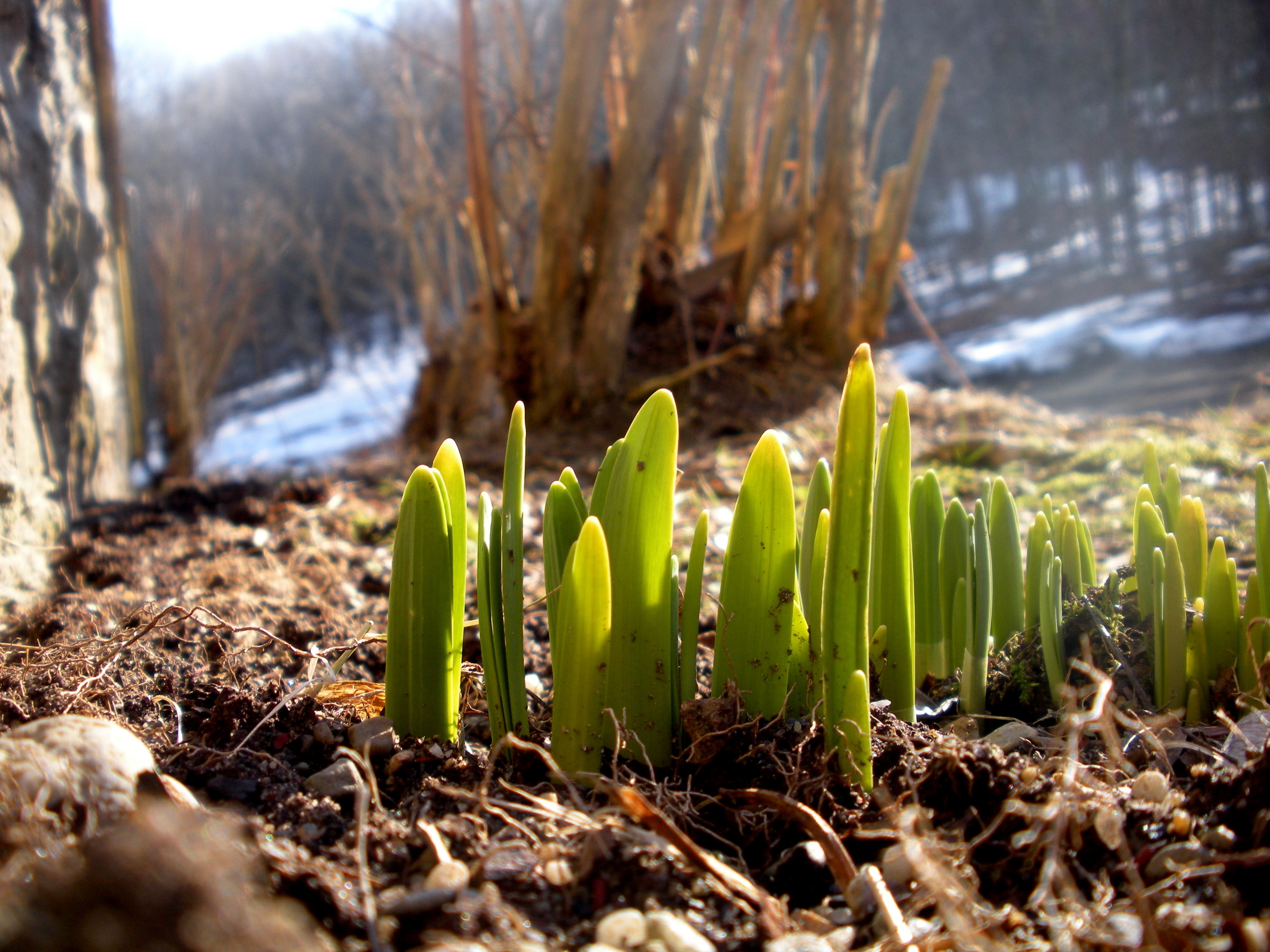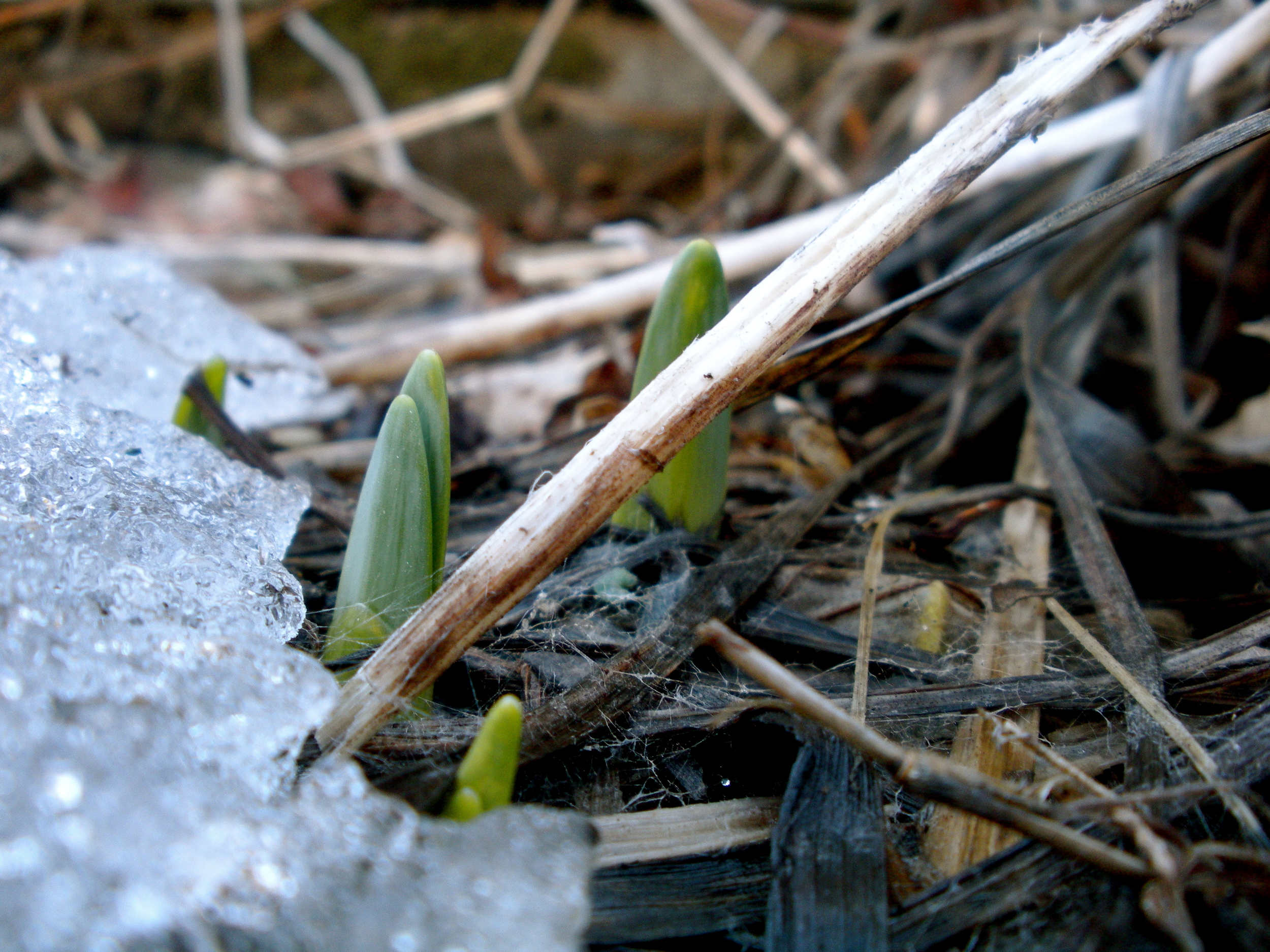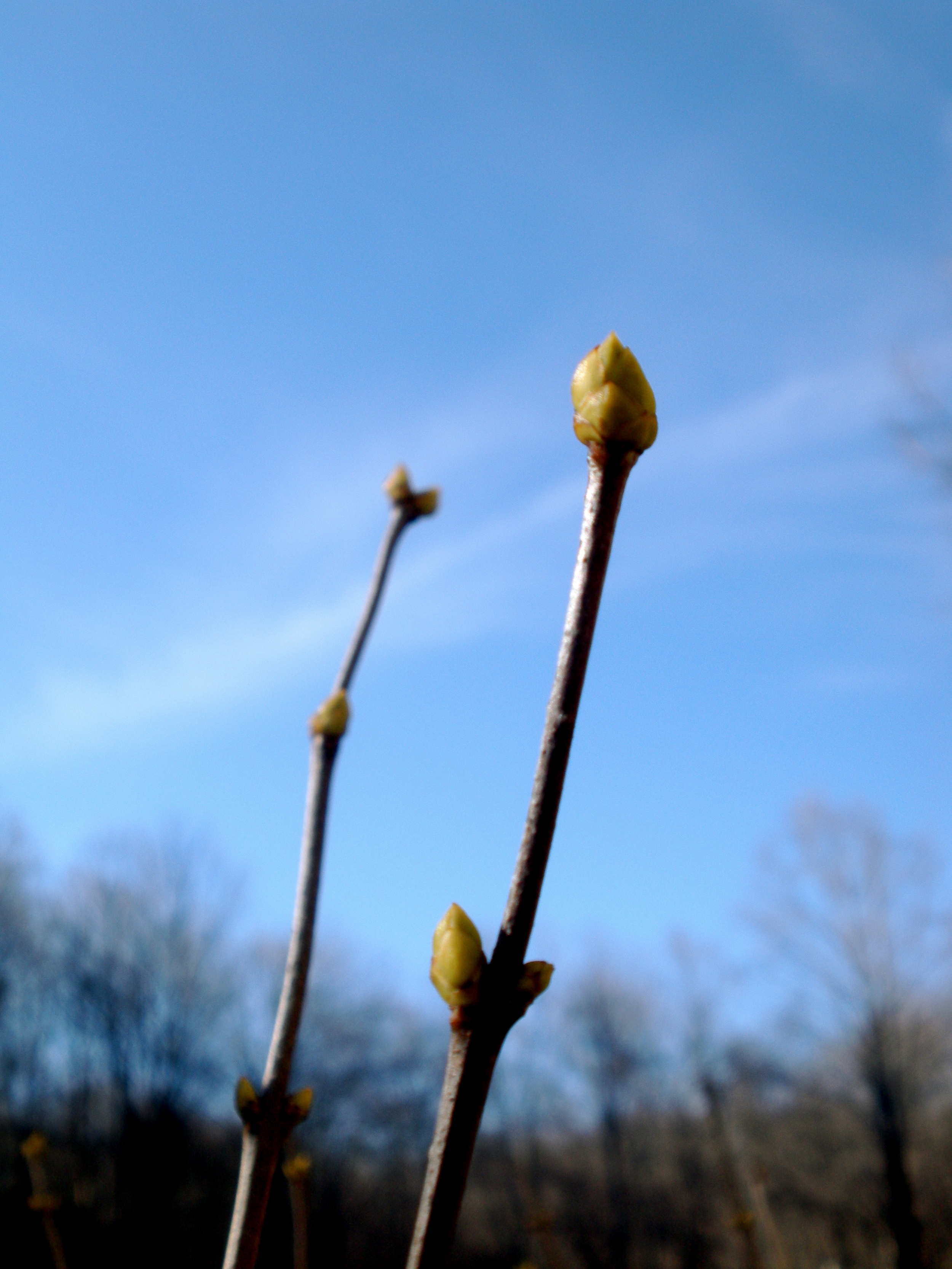This interaction with the seedlings was also bittersweet. This is my last winter and farming season working for a commercial farm (until, hopefully, I have my own operation!). Fortunately, I'll still be working with seeds and food in my upcoming job, but on a very different scale and different purpose. (More details soon!) Embracing the act of food cultivation and reflecting on the knowledge that I've acquired is overwhelming. I'm so thankful for my farming mentors, the places that are the farms and the life cycles of the diverse ecosystems. But, I'm also incredibly excited to use these skills to help others have access to good, healthful food.
It's easy to be frustrated, stressed or angry, but I think it's just as easy - and far more rewarding and fulfilling - to be happy. Clinical depression certainly exists and I'm not naive enough to think that working with plants is the only cure for mental health issues. BUT for those of us with a tinge of the winter blues, in a trying circumstance, or in need of clarity, seek out signs of life and green. It helps.










